Shift Towards Sustainable Practices
The Thymolphthalein Market is also witnessing a shift towards sustainable practices within the chemical sector. As industries increasingly prioritize environmentally friendly processes, the demand for sustainable chemical indicators is on the rise. Thymolphthalein Market, being a relatively benign chemical, aligns well with this trend, as it poses minimal environmental risks compared to other indicators. The growing emphasis on sustainability is prompting companies to seek out eco-friendly alternatives, which could enhance the market for Thymolphthalein Market. Recent reports suggest that the global market for sustainable chemicals is expected to grow at a compound annual growth rate of 7% over the next few years. This shift towards sustainability may provide a significant boost to the Thymolphthalein Market, as it becomes a preferred choice for environmentally conscious applications.
Rising Demand in Educational Institutions
The Thymolphthalein Market is benefiting from the rising demand in educational institutions, particularly in chemistry laboratories. Thymolphthalein Market is widely used as a teaching tool for demonstrating acid-base reactions and pH changes, making it a staple in educational settings. As educational institutions increasingly emphasize hands-on learning and practical experiments, the need for reliable indicators like Thymolphthalein Market is likely to grow. Recent trends indicate that the global education sector is investing more in laboratory equipment and supplies, with an estimated growth rate of 6% per year. This investment is expected to enhance the Thymolphthalein Market, as schools and universities seek to provide students with quality materials for their scientific education.
Growth in Chemical Research and Development
The Thymolphthalein Market is poised for growth as chemical research and development activities expand. Thymolphthalein Market serves as an essential reagent in various chemical experiments, particularly in titrations and pH measurements. The increasing focus on research in fields such as biochemistry, environmental science, and materials science is likely to drive demand for Thymolphthalein Market. According to recent statistics, The Thymolphthalein Market is expected to witness a growth rate of around 4.2% annually. This growth is anticipated to create a favorable environment for the Thymolphthalein Market, as researchers seek reliable indicators for their experiments. The versatility of Thymolphthalein Market in diverse chemical applications positions it as a valuable asset in the ongoing evolution of chemical research.
Technological Advancements in Chemical Analysis
The Thymolphthalein Market is influenced by technological advancements in chemical analysis techniques. Innovations such as high-performance liquid chromatography (HPLC) and advanced spectroscopic methods are enhancing the accuracy and efficiency of chemical analyses. Thymolphthalein Market, as a pH indicator, plays a crucial role in these analytical methods, ensuring precise measurements in various applications. The integration of new technologies in laboratories is likely to increase the demand for Thymolphthalein Market, as researchers and analysts seek reliable indicators for their work. The chemical analysis market is projected to grow at a rate of approximately 5% annually, suggesting a positive outlook for the Thymolphthalein Market as it aligns with these technological advancements.
Increasing Applications in Pharmaceutical Industry
The Thymolphthalein Market is experiencing a notable surge in demand due to its increasing applications in the pharmaceutical sector. Thymolphthalein Market is utilized as a pH indicator in various formulations, particularly in the development of drugs that require precise pH levels for stability and efficacy. As the pharmaceutical industry continues to expand, driven by innovations in drug development and a growing focus on personalized medicine, the need for reliable pH indicators like Thymolphthalein Market is likely to rise. Recent data indicates that the pharmaceutical sector is projected to grow at a compound annual growth rate of approximately 5.5% over the next few years, further bolstering the Thymolphthalein Market. This trend suggests a robust future for Thymolphthalein Market as a critical component in pharmaceutical applications.


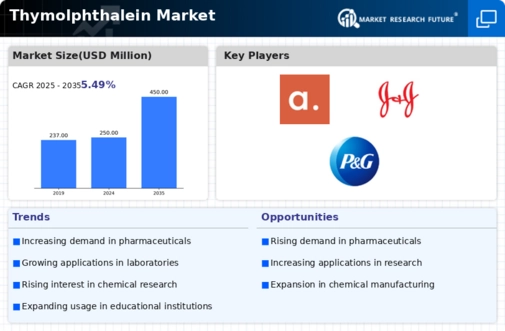
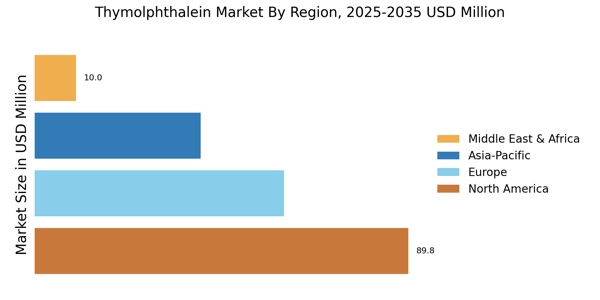
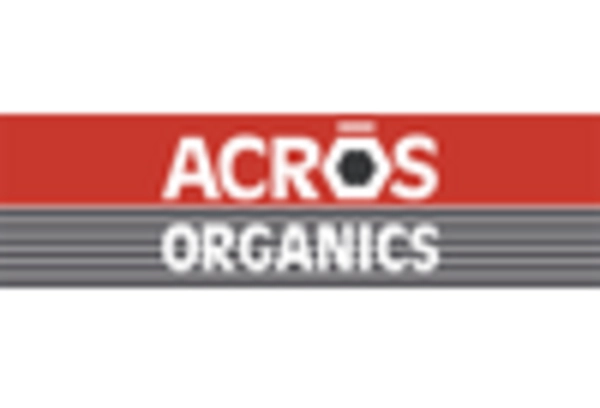
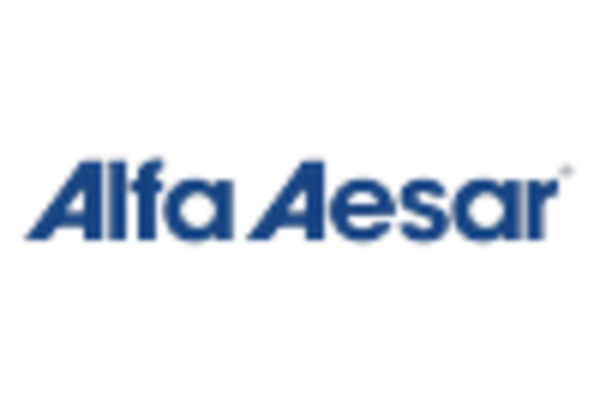
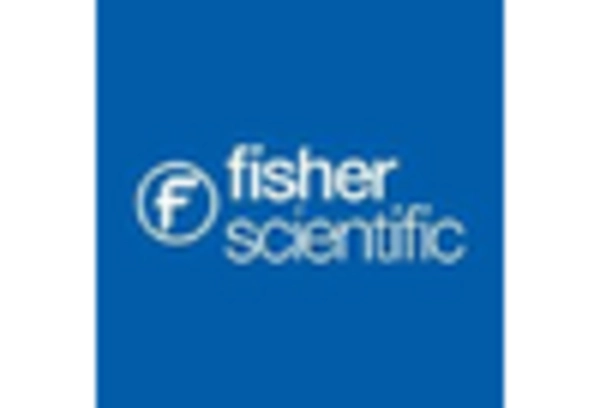

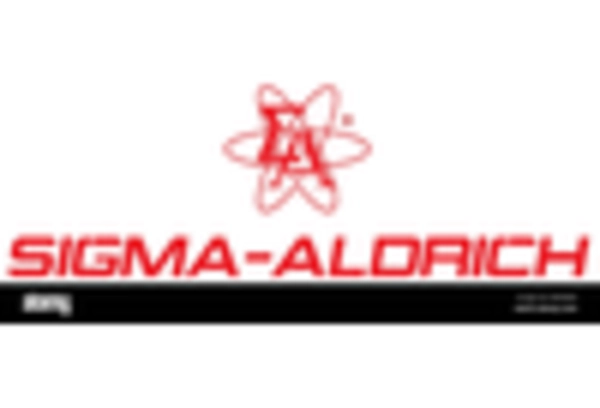
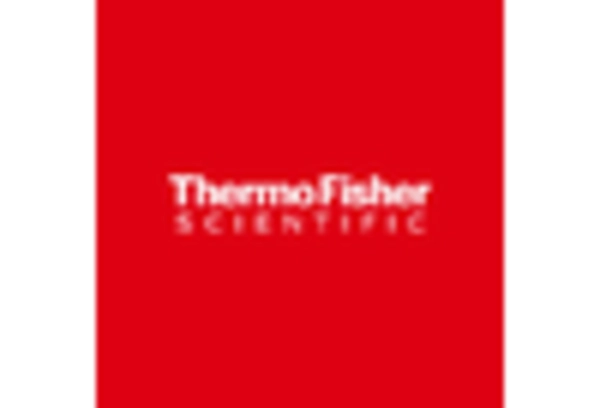








Leave a Comment